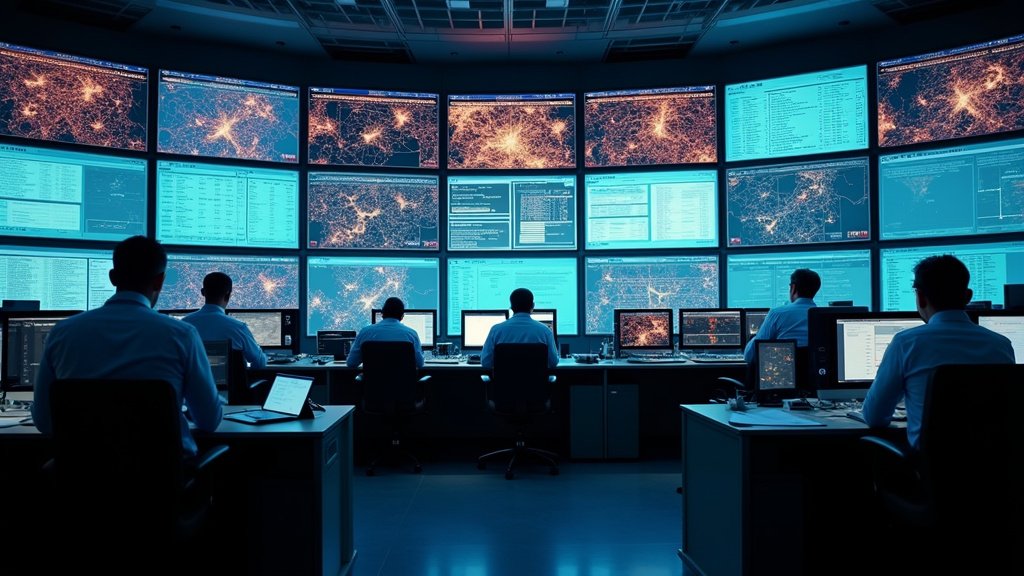Shanghai Unveils ‘Xiao Hu’: A Robot Cop on Traffic Duty
Shanghai is making headlines with its latest technological innovation: a robot police officer designed to manage traffic flow. Nicknamed Xiao Hu, the robot is currently deployed in the bustling Huangpu District, where it’s already drawing considerable attention from both residents and online viewers. This introduction marks a significant step in the city’s adoption of artificial intelligence and robotics within its public services, sparking conversations about the future of labor and the role of AI in urban environments.
Functionality and Purpose of Xiao Hu
Xiao Hu’s primary function is to assist pedestrians and manage traffic at intersections. The robot is equipped to provide instructions, ensuring that people adhere to basic traffic laws and can answer basic inquiries. Designed to resemble a human police officer, Xiao Hu is easily identifiable and intended to be a reassuring presence on city streets. The development of this robot has been a four-year project, indicating a significant investment of resources and time into this innovative technology.
Trial Phase and Future Deployment
The current deployment of Xiao Hu is part of a trial phase. The city plans to assess the robot’s effectiveness and gather data on its performance before expanding its use. Based on the success of the trial, authorities are considering deploying Xiao Hu in high-traffic areas throughout Shanghai. This strategic approach allows for careful monitoring and adjustments, ensuring the robot’s integration into the city’s infrastructure is as seamless as possible.
Viral Sensation: Online Reaction to Xiao Hu
Videos showcasing Xiao Hu in action have quickly gone viral across various social media platforms. The robot’s presence on the streets has generated significant online buzz, with users sharing videos, comments, and reactions. The visual of a robotic police officer directing traffic is undeniably captivating and has led to considerable discussion about the implications of such technology.
The Growing Presence of AI and Robots in Society
The introduction of Xiao Hu is just one example of the rapidly expanding role of artificial intelligence and robotics in our world. Across various sectors, from manufacturing to healthcare, AI is transforming the way we live and work. However, this rise of automation also brings forth complex questions. As robots and AI systems take over tasks previously done by humans, discussions about job displacement and the need for workforce adaptation are becoming increasingly prominent.
Debate Surrounding Automation and Job Displacement
The integration of AI and robots into the workforce is not without its challenges. The potential for widespread job displacement is a significant concern for many. As machines become capable of performing tasks once exclusive to human workers, the debate over the future of employment intensifies. Policymakers, economists, and social scientists are actively exploring strategies to mitigate the negative impacts of automation and to ensure a smooth transition for workers in affected industries. The discussions include the need for retraining programs, the exploration of new economic models, and the role of government in supporting a changing workforce.
Looking Ahead
Shanghai’s experiment with Xiao Hu provides a glimpse into the future of urban policing and traffic management. While the technology is still in its early stages, the impact on public perception is already evident. As AI continues to evolve, the adoption of robots in various aspects of daily life is likely to become more commonplace. It is essential to consider the ethical and societal implications of these technological advancements to ensure that they benefit society as a whole and contribute to a more efficient and equitable future.





